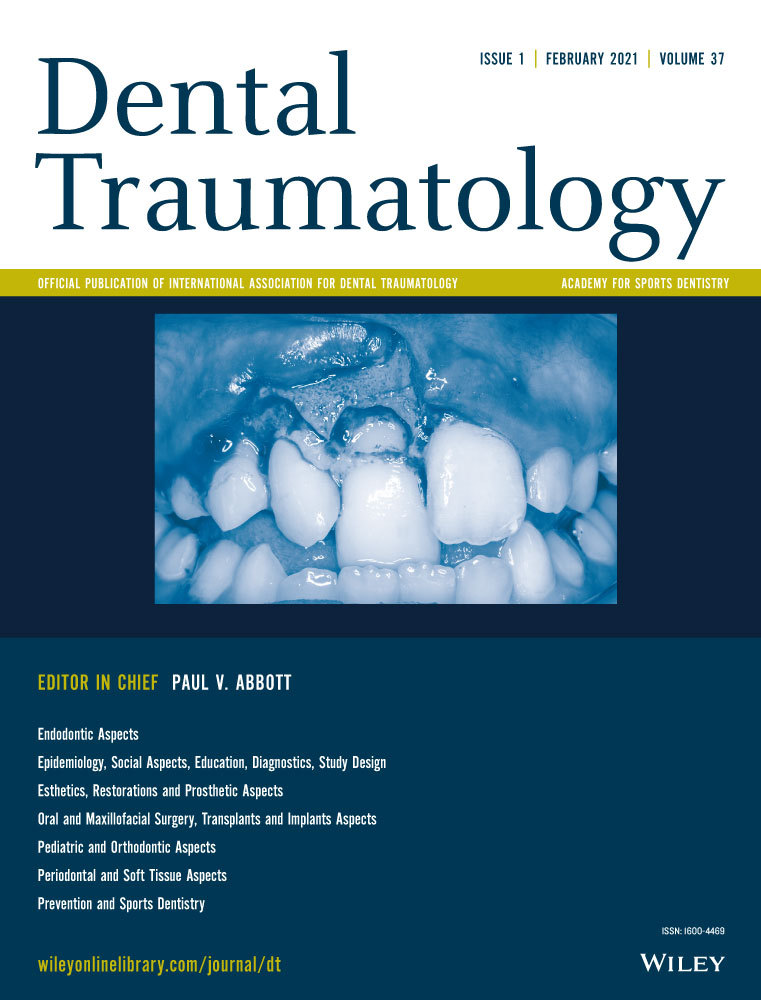Effect of acute angle model on mouthguard thickness with the thermoforming method and moving the model position just before fabrication
Abstract
Background/Aim
The effectiveness and safety of mouthguards are affected by their thickness. The aim of this study was to investigate the effect of an acute angle model on the mouthguard thickness with the thermoforming method in which the model position was moved just before fabrication.
Materials and Methods
Mouthguards were thermoformed using 4.0 mm thick ethylene vinyl acetate sheets and a vacuum forming machine. Three hard plaster models were prepared: 1) the angle of the labial surface to the model base was 90°, and the anterior height was 25 mm (model A); 2) the angle was 90°, and the anterior height was 30 mm (model B); and 3) the angle was 80°, and the anterior height was 30 mm (model C). The sheet was softened until it sagged 15 mm, after which the sheet frame was lowered to cover the model. The model was then pushed from behind to move it forward, and the vacuum was switched on (MP). The model was moved 20 mm whereas a control model was not moved. Mouthguard thickness was measured using a specialized caliper. The differences in mouthguard thicknesses due to model forms and forming conditions were analyzed by two-way ANOVA and Bonferroni's multiple comparison tests. Results: The MP tended to be thicker than the control in all models. In the controls, model C was significantly thicker than models A and B at the labial and buccal surfaces. In MP, model A was significantly thicker than models B and C on the labial surface. On the labial and buccal surfaces in MP, model C was significantly thicker than model B.
Conclusions
This study suggested that in the thermoforming method in which the model position was moved just before fabrication, reducing the height was more effective than changing the angle of the model to ensure the appropriate thickness.
CONFLICT OF INTEREST
The authors confirm that they have no conflict of interest.




